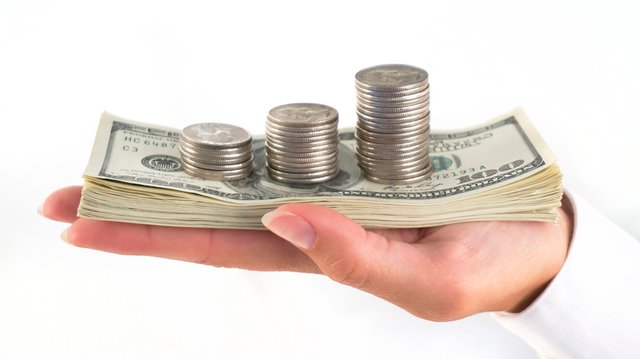8 Ways To Prepare Emergency Funds
One of the most important things when managing finances is thinking about the need for the future. Why the future? Because in the future we never know what and how the problems will be faced.
This problem is usually related to health, education, and old age insurance. If we do not have the other funds we keep for the future and only think about the present, it is not impossible that in the future we can get into complicated and complicated financial matters.
Well, if you include people who care about financial conditions in the future, make sure you have an emergency fund that can be used when we really need money.

So how to prepare for an emergency fund in the present for the future? Here are 8 simple ways to prepare for emergency funds, including:
1. Do not delay
As young as any age, setting up an emergency fund is something to do whenever we are ready and able. In the future we can not predict how the financial condition, although the current financial condition looks healthy and roomy not necessarily later we have a similar condition.
Prepare for the worst in our lives, prepare an emergency fund early on as soon as we are able and willing before it's too late.
2. Record All Income and Expenditure Properly
In order to determine a budget to save an emergency fund, you must first know what the range of income and expenditure is within 1 month.
If you already know the exact amount of income and expenses per month, you will be able to determine what percent of the entry money should be set aside for emergency funds. Ideally, at least every month you should set aside about 10-20% of income to be saved as an emergency fund.
3. Assume Emergency Funds as Debt
If a condition makes us use an emergency fund, consider the money we use as a debt. By assuming an emergency fund as a debt that must be returned, we will automatically try not to act casually in using the funds.
In order for unused emergency funds, keep an emergency fund in an account other than the usual account. Set aside money from your main account each month to fill out an emergency fund account prepared for the future.
4. Reduce Consumer Expenditure
In order that the prepared emergency budget is not reduced and more and more, reduce unnecessary consumer spending. Try to live more simply by buying the items that are really needed.
5. Set aside from Money Cash
Setting aside money to be saved as an emergency fund does not have to be from income alone. You can also set aside money from bonuses, allowances, incentives, or even from shopping and parking lots that are usually in the form of small change.
6. Discipline In Use of ATM Cards
Imagine in our mind that ATM is not a wallet. Use ATM only when we really want to do financial transactions through a machine like a transfer or pay a monthly bill. Use ATM only when we need funds in a fast time.
7. Personal Financial Evaluation Every Year
Evaluation is needed so we know how much money can be set aside for emergency purposes. Does it increase or decrease? This must be done because every year our financial condition must have a change.
If the income increases, the evaluation will make us revise the funds set aside for emergency purposes and increase the nominal so that emergency funds can be collected more.
8. Saving Emergency Funds In Jewelry Form
One easy way to have an emergency fund is to buy gold or diamond jewelry. The value of gold or diamond jewelry that tends to be stable certainly can provide its own advantages.
If at any time we are faced with an emergency condition that requires large funds, the jewelry can be sold and generate money that can afford our needs.In addition, jewelry can also we use everyday as a complement to the appearance to increase confidence.